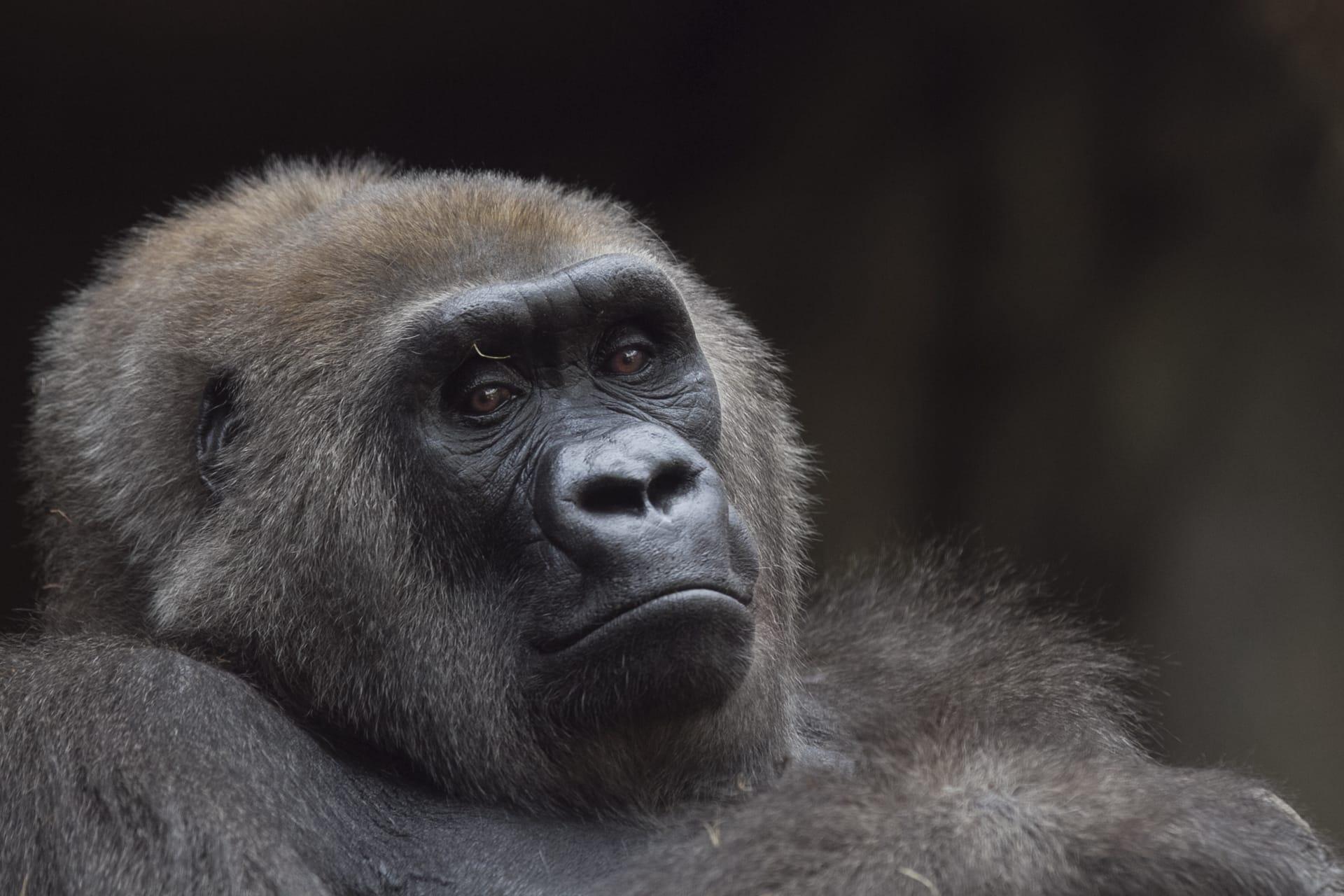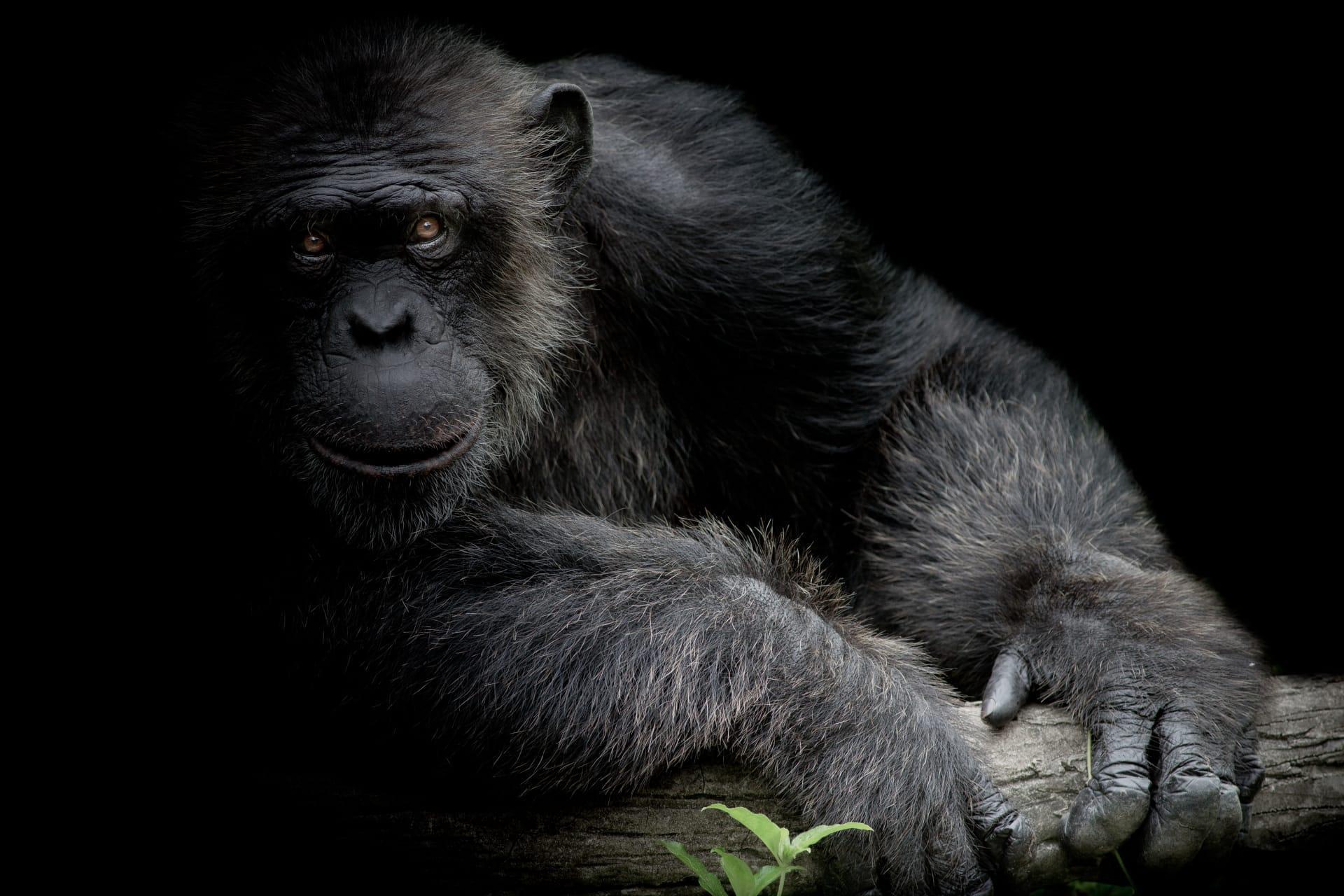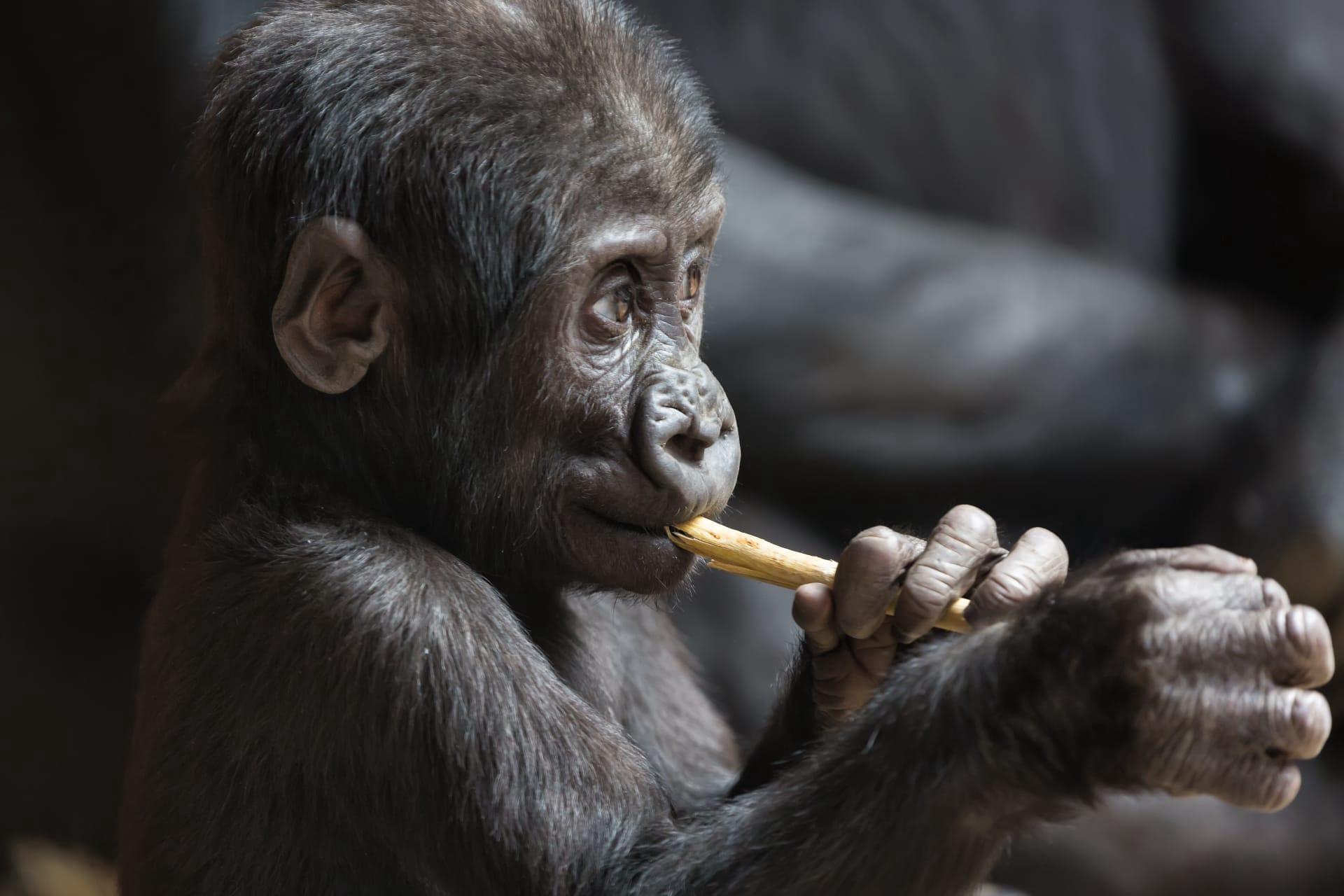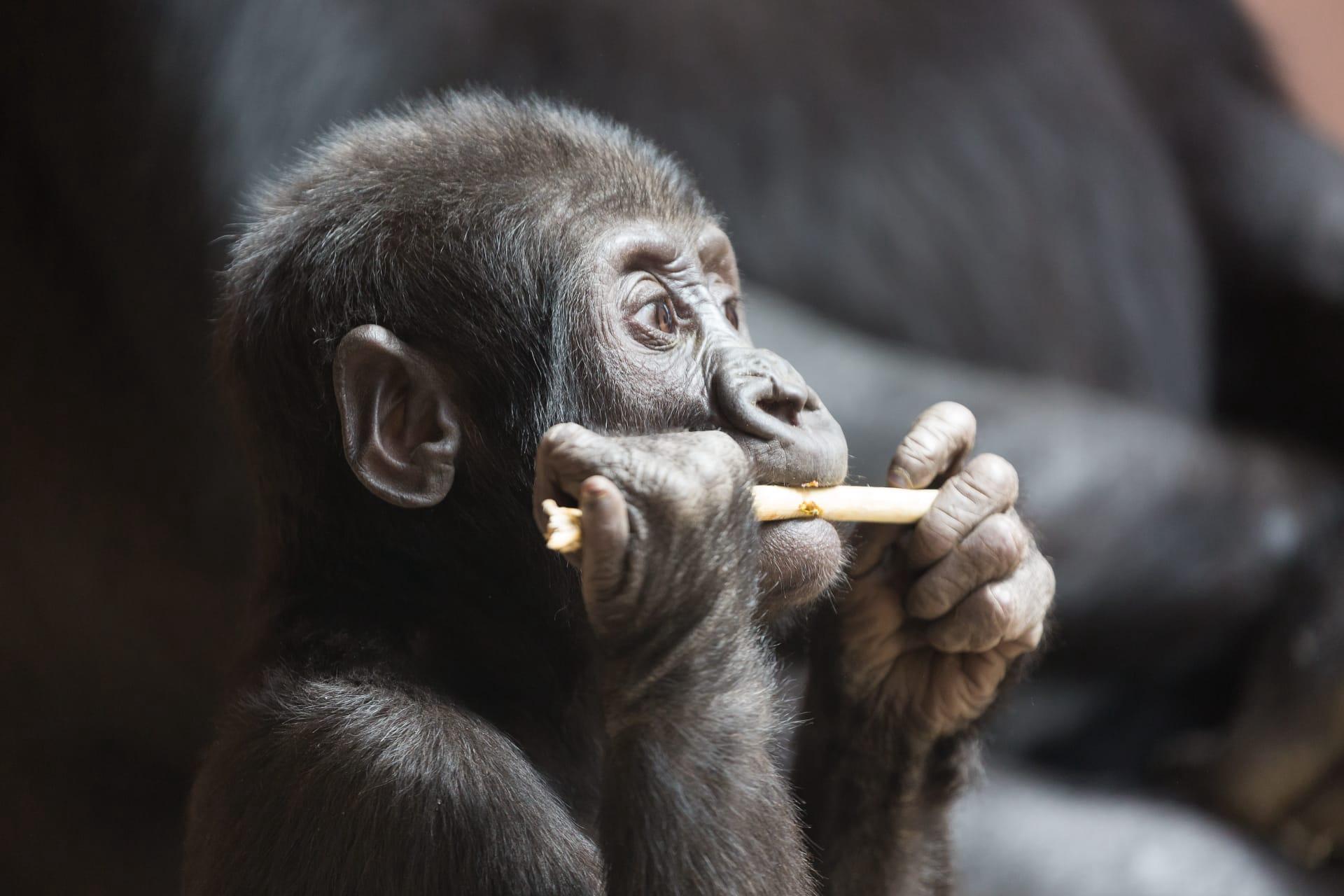Chimpanzee Characteristics
- Home /
- Mini Encyclopedia /
- Animal /
- Chimpanzee Characteristics
1
Chimpanzees, our closest living relatives in the animal kingdom, are fascinating creatures with some remarkable physical characteristics. Adult chimpanzees typically weigh between 88 to 130 pounds (40 to 60 kilograms) and stand approximately 3 to 4.5 feet (0.9 to 1.37 meters) tall when on two feet. Despite their modest stature, they possess incredible strength, especially in their upper bodies. Chimpanzees have a life expectancy of around 40 years in the wild, but in captivity, they can live up to 60 years due to better healthcare and nutrition.
The most extraordinary organ of a chimpanzee is undoubtedly its brain. Weighing about 13.5 ounces (383 grams), the chimpanzee brain is not just about size, but its complexity and structure. This organ is the powerhouse behind their exceptional cognitive abilities, including problem-solving, tool use, and communication. The chimpanzee's brain allows them to exhibit behaviors and emotions strikingly similar to humans, such as empathy, learning by imitation, and understanding of group dynamics.

2
Question: What do chimpanzees eat?
Answer: Chimpanzees have a diverse diet that reflects their omnivorous nature. They primarily eat fruits, which constitute about 50-80% of their diet. Their favorite fruits include figs, bananas, and apples. However, chimpanzees are not strict vegetarians; they also consume insects, eggs, and small animals, such as bush babies or young antelopes, accounting for about 6% of their diet. This protein intake is crucial for their health. Chimpanzees are known for their intelligence in foraging and hunting, often cooperating in groups to hunt other primates, exhibiting a complex and socially driven aspect of their dietary habits.

3
Chimpanzees are incredibly agile and exhibit remarkable locomotive abilities. They are primarily knuckle-walkers, supporting their body weight on the knuckles of their hands and the soles of their feet. This unique movement allows them to cover ground efficiently while keeping their hands free to carry objects or food. Additionally, chimpanzees are excellent climbers, using their long arms and strong fingers to grip and swing from tree branches, moving effortlessly through the forest canopy.
When it comes to hunting and foraging, chimpanzees display strategic and cooperative behavior. They are known for their use of tools, such as sticks to extract termites from mounds or leaves to soak up water. In hunting, groups of chimpanzees work together to corner and catch their prey, typically smaller primates. This cooperation highlights their complex social structures and communication skills, where roles are often divided among the group members for more efficient hunting.

4
Chimpanzees are predominantly found in the tropical rainforests of West and Central Africa, ranging from Guinea to Tanzania. They thrive in these dense forests due to the abundance of fruits and other food sources, as well as the presence of trees for shelter and nesting. Chimpanzees also inhabit woodlands, swamps, and sometimes savannas, adapting to a variety of habitats. The lush environment offers them ample opportunity for foraging and helps conceal them from predators.
In terms of reproduction, chimpanzees have a complex and unique mating system. Females give birth to a single offspring after a gestation period of about eight months. Mothers are highly nurturing, and young chimpanzees stay with their mothers for up to 10 years, learning essential survival skills. Chimpanzees do not have a specific breeding season, and females usually give birth every 5 to 6 years. This slow reproduction rate, combined with threats from habitat destruction and poaching, makes their population vulnerable.

5
Book: "In the Shadow of Man" by Jane Goodall. This groundbreaking work, first published in 1971, offers an intimate glimpse into the world of chimpanzees. Goodall, a renowned British primatologist, spent years observing chimpanzees in Gombe Stream National Park, Tanzania. Her book delves into the social and family life of these primates, revealing their complex societies, emotional lives, and extraordinary intelligence.
Book: "The Chimpanzees of Gombe: Patterns of Behavior" by Jane Goodall. Published in 1986, this book represents a more detailed and scientific exploration of chimpanzee behavior. Goodall's extensive fieldwork in Tanzania, covering over two decades, provides insights into the day-to-day lives of chimpanzees, their social hierarchies, mother-infant relationships, and the striking similarities they share with human behavior. This book is a seminal contribution to primatology and animal behavior studies.